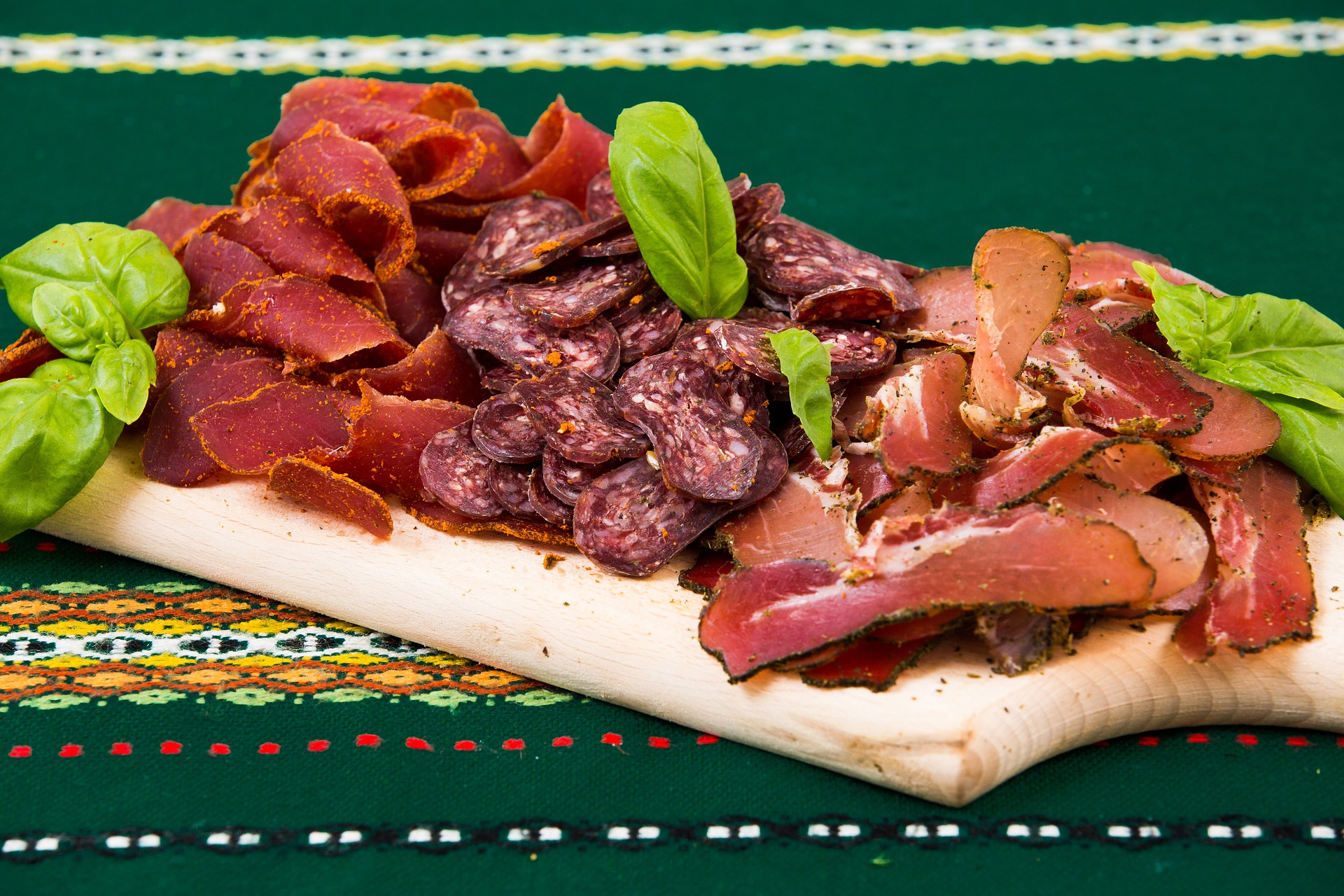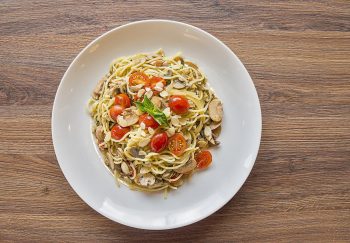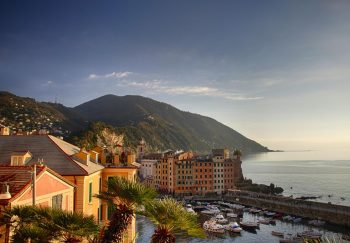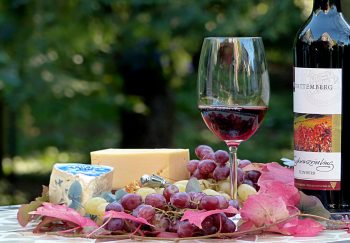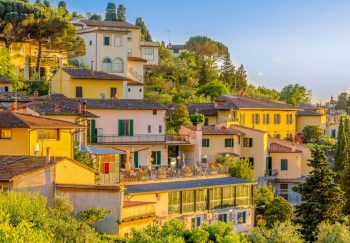When you think about Italy’s Alps or the Dolomites, it’s likely that you will immediately think of skiing and mountain climbing. Another thing that you should think of? Food!
The Italian Alps are home to some of Italy’s finest foods like meats and cheeses such as prosciutto, speck, and Fontina cheese. The Dolomites and the Italian Alps have a unique cultural heritage. They border France, Switzerland, Austria, Slovenia, and Slovenia.
Do you want to know where to eat in the Italian Alps when you visit? These are our top picks for Dolomites and Alps cuisine, as well as in South Tyrol, Friuli Venezia Giulia, and parts of Lombardy and Piedmont.
Fontina cheese is a speciality of the Italian Alps
Fontina – Fontina is one of Italy’s most loved cheeses. It can be hard or soft depending on its age. It comes from the Valle d’Aosta where it was created in 13 century. Other versions can be found in France, Sweden and the U.S.
Montasio A DOP-protected cheddar cheese, Montasio is first produced by Benedectine monks living in the mountains…around the year 1200. It quickly became a popular food: A price list from San Daniele in 1775 listed Montasio at a higher cost than other cheeses. Montasio Fresco is mild and can be grate over soup or pasta.
Mocetta Traditionally, the cured meat of Valle d’Aosta was made from goats, but it’s now acceptable to use beef. It is spiced, salted and aged and tastes great with bread and lardo di Arnad (see below). ).
Lardo d’Arnad This Alpine specialty is well-known throughout Italy. What is it? Lard! Lard! Lardo d’Arnad is DOP-protected . It must be prepared in a specific manner, including cutting from the back of pig and seasoning with a mix of spices, mountain herbs, salt, and pepper.
BoudinThis is not for the faint-hearted. It’s the Valle d’Aosta’s Blood sausages. The sausages are slightly sweet and contain cured fat, vegetables as well as spices and blood.
Prosciutto di San Daniele This is the most well-known dry-cured prosciutto in Italy, along with the prosciutto crudo from Parma. The San Daniele pork (a Friuli-Venezia Giulia town) was already mentioned in written texts by the 13th century. It was so delicious that San Daniele sent 60 pairs of its hams in 1547 to the Council of Trent high prelate. Today, prosciutto crudo di San Daniele is DOP-protected, meaning it must adhere to very strict requirements–including that the pigs used must be born, bred and slaughtered in one of 10 Italian regions, only their rear thighs are used, and the prosciutto is matured for 13 months.
Speck A South Tyrolean specialty, speck is a salty, spiced, and dry ham made from the hind leg of a pig. Speck Alto Adige was first made in the 13th century. It has been granted a DOP status. This means that the speck is made by marinating the ham in a spiced brine for two weeks, drying it, and smoking it for two more weeks before being hung for four weeks. What is the result? Delicious!
Zuppa valdostana A traditional hearty soup from the Valle d’Aosta. It includes large chunks of bread and broth that are covered with melted Fontina Cheese. Stick-to-your-ribs… and delicious!
Fonduta valdostana This is the Valle d’Aosta fondue, made with Fontina cheese and cream as well as eggs. There’s nothing better after a cold day in Alps.
GnoccoGigante: A “giant dumpling”, this is made from breadcrumbs, butter, eggs, salt, and ham, and then steamed. It can be found in Friuli Venezia Giulia Giulia and Trento.
Canederli Known on the Austrian border as Knodel, canederi is a simple dumpling made of bread-crumbs, eggs and lots of other ingredients like liver, cheese or herbs. These can be found in South Tyrol (Trentino-Alto Adige), which is home to a lot of Austrian-influenced cuisine.
Polenta Made from maize flour cheaply, polenta is a staple food in Italy since the New World introduced maize to it. It’s now a fine art in the north. This mixture can be chilled and sliced, or it can be served hot in a buttery mixture. It’s the perfect accompaniment to meat stews, sausages, or melting cheeses like fontina.
Carbonade A beef stew that is popular in the Alps.
CostoletteVeal cutlets are common in the Valle d’Aosta as well as the Alps.
Montebianco Named after Mont Blanc, or Monte Bianco, which straddles France and Valle d’Aosta, this dessert looks exactly like the mountain! It is made with cooked chestnuts and topped with peaks of whipped cream.
